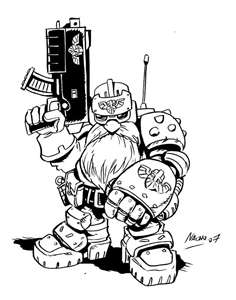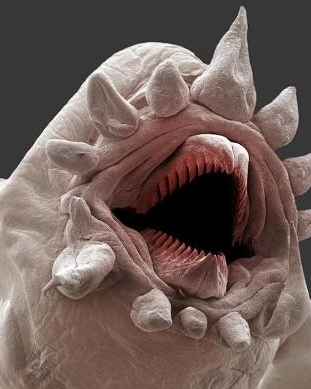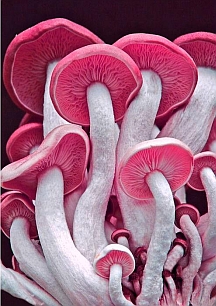Thinking About Magic in My Sci-Fi
I’ve been writing/thinking about magic in Tiamat’s Throne. I want the setting to be science-fiction/fantasy, in that order. Magic is real, but science is realer. Magic is a comparatively new addition to the our universe, having arrived, so to speak, when the barrier between our universe and the universe of the dragons was sundered. Our universe can be affected by magic, but it resists such effects.
Here’s some of the fluff text I’ve written about magic:
“What can be perceived is real. What can be perceived via our normal senses is the natural world. What cannot be perceived via our normal senses is the supernatural world. Magic starts by observing the supernatural world. From observation, the wizard moves to imposing his will upon the supernatural world. Magic always requires an act of the will without which no magical effect is possible.
“The supernatural world affects the natural world through wizard’s act of will, which directs and transforms eldritch forces. Such effects, however, have vanish over time as eldritch energies revert to their original form and the enforced connection between the supernatural and natural worlds breaks.”
One of the consequences of this way of looking at magic is that no magical effect can have a permanent duration. Some clarification is perhaps in order. A fireball burns down a house. The magical effect, the fireball, goes away. The natural effects of the fireball, the destroyed house, remain. That only makes sense. The damage inflicted by magic shouldn’t go away when the magic does.
But since magical effects cannot be permanent, that does mean that, among other things, there aren’t going to be many magic items (if any at all). The process of placing a permanent enchantment to create, say, a +1 sword cannot be accomplished in our universe. A wizard might be able to temporarily enchant a weapon, but that enchantment cannot be made a permanent feature of the weapon.
This limitation on magic requires me to alter some spells as well. For example, wizard lock has a duration of permanent until dispelled (according to the old-school open content source I’m using for spells). In Tiamat’s Throne, however, no spell can have a permanent duration. I’ve not made up my mind yet about what I’ll change permanent durations to. These changed durations are likely still going to be lengthy, and they’ll almost certainly vary depending on the spell. My version of wizard lock will probably have a duration measured in days.
Even though magic is a potent force and wizards enjoy a greater variety of choices than psychics, neither magic nor wizards can replace high-technology. A feinos wizard isn’t going to wade into battle, lobbing spells from his magic staff while protected by magic rings and robes. For protection, he’ll likely need armor, perhaps augmented by a shield spell. Sure, he can throw some magic missiles or tear through enemy ranks with a lightning bolt.
But when he’s used up his mana, there aren’t any magic items to fall back on. Not even scrolls. He’ll eventually end up pulling that sidearm and blazing away like a warrior, but without the benefits of the warrior’s better attack bonus and training.
 On Elanor, the Eugenics Commissars needed a durable race that could survive underground for long period of times. Gengineering resulted in the malgrandegulos, a stoic race famous for their love of both money and combat. Instability in the malgrandegulos genome has resulted in the speciation of a new race, the koboldo.*
On Elanor, the Eugenics Commissars needed a durable race that could survive underground for long period of times. Gengineering resulted in the malgrandegulos, a stoic race famous for their love of both money and combat. Instability in the malgrandegulos genome has resulted in the speciation of a new race, the koboldo.* As I mentioned in my previous post (see below), work on Tiamat’s Throne has slowed down a bit. I hope to remedy that next week when I’m off for Thanksgiving. (Huzzah! to my pilgrim forefathers.) Until then, here’s another beast for my
As I mentioned in my previous post (see below), work on Tiamat’s Throne has slowed down a bit. I hope to remedy that next week when I’m off for Thanksgiving. (Huzzah! to my pilgrim forefathers.) Until then, here’s another beast for my  Another one from the xenobestiary for Tiamat’s Throne, my
Another one from the xenobestiary for Tiamat’s Throne, my 